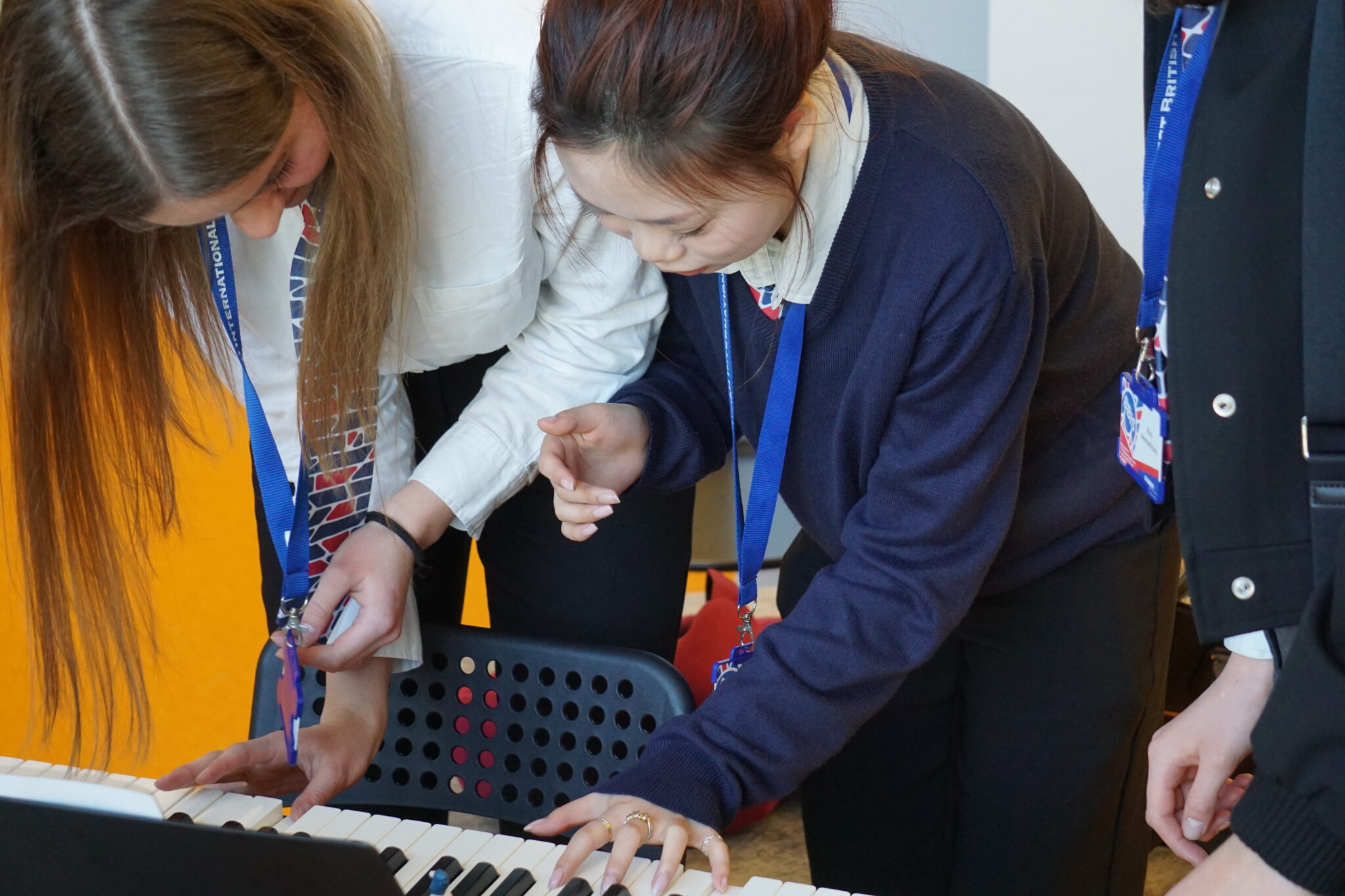Assessment in the MYP
In the MYP, teachers report student progress via ManageBac, an online portal all parents can access. One of the challenges parents face is that assessment in MYP comes with its own ‘language’ and a ‘unique grading system’. The mYP is not like other systems!
What do the four criteria mean? All MYP subjects invite students to work towards four objectives – labelled as Criterion A, B, C and D.
Are the criteria the same in each subject? The terms A, B, C, and D are used in each subject, but the objectives differ. There are, however, always four, labelled as A, B, C, and D. We include a graphic at the bottom of the page where you can see the specific details of each objective for each subject.










